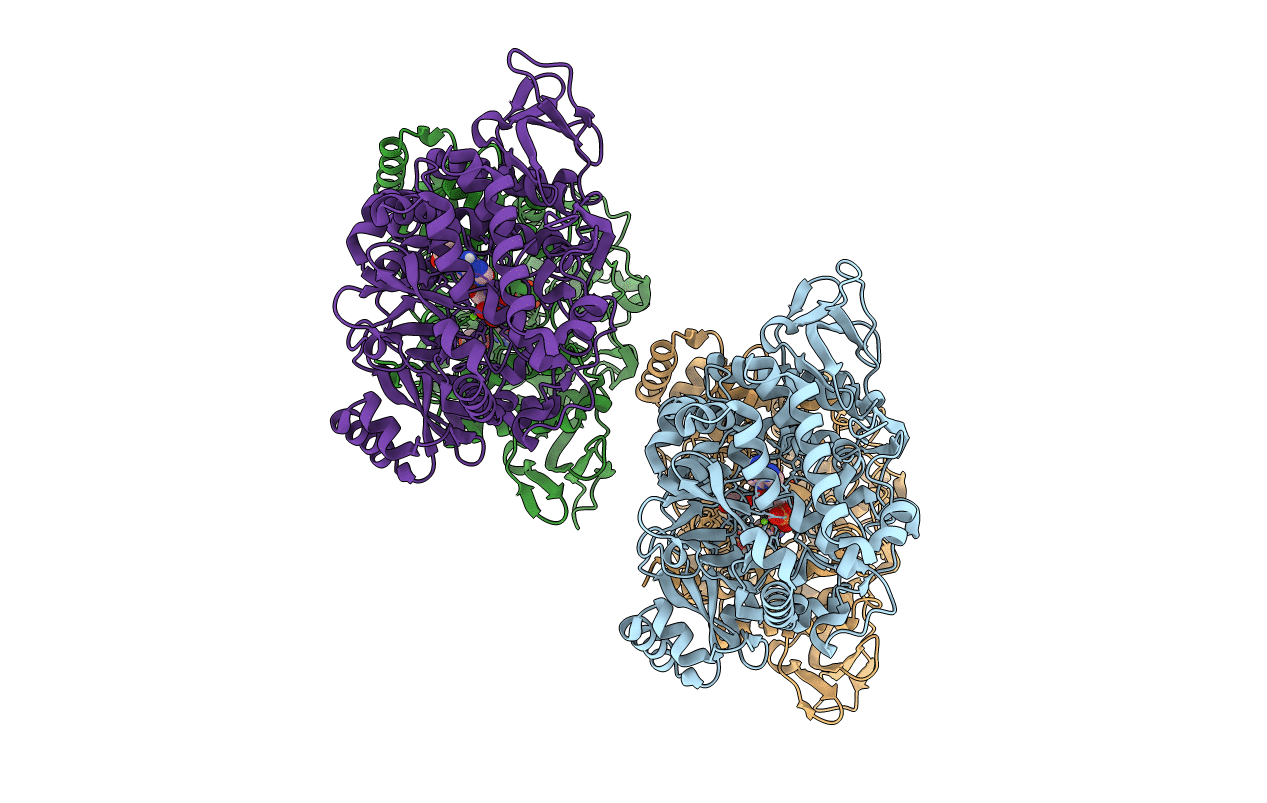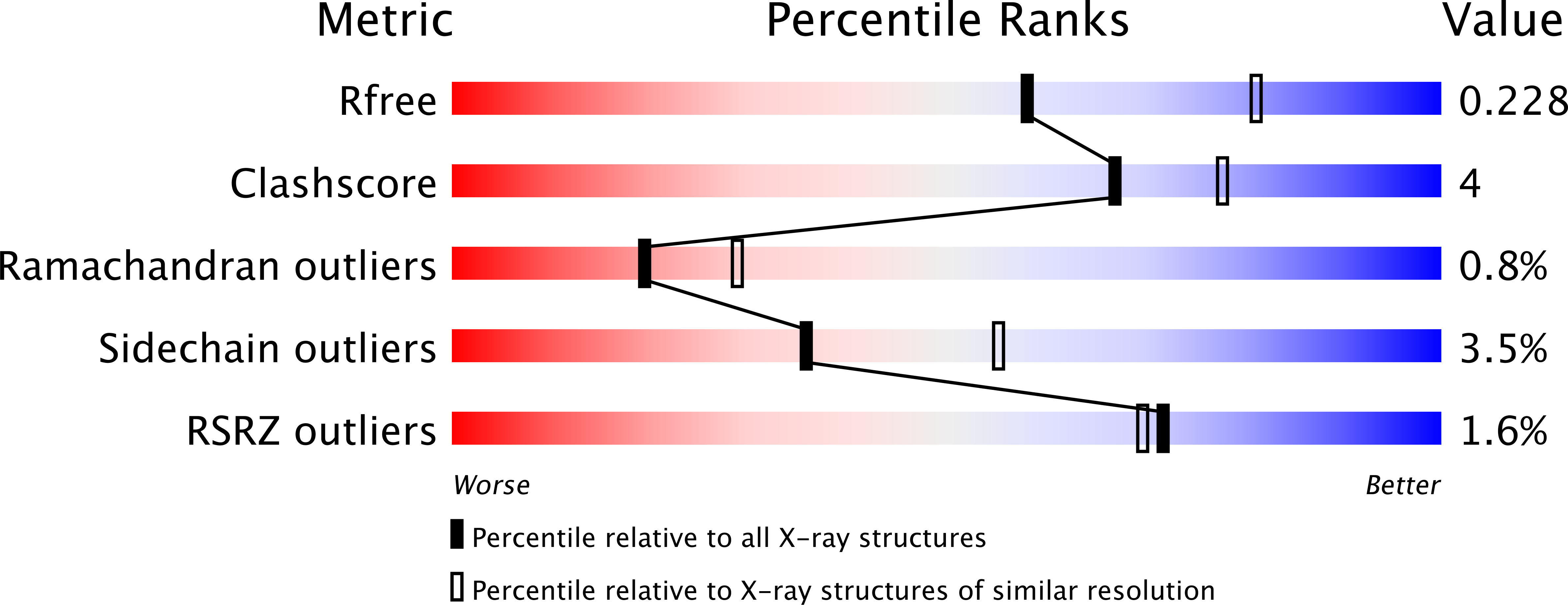
Deposition Date
2019-05-31
Release Date
2020-06-03
Last Version Date
2023-10-11
Entry Detail
PDB ID:
6P63
Keywords:
Title:
Wild-type NIS synthetase DesD bound to AMP and substrate analog cadaverine
Biological Source:
Source Organism:
Streptomyces coelicolor (Taxon ID: 1902)
Host Organism:
Method Details:
Experimental Method:
Resolution:
2.40 Å
R-Value Free:
0.22
R-Value Work:
0.16
Space Group:
P 1 21 1


